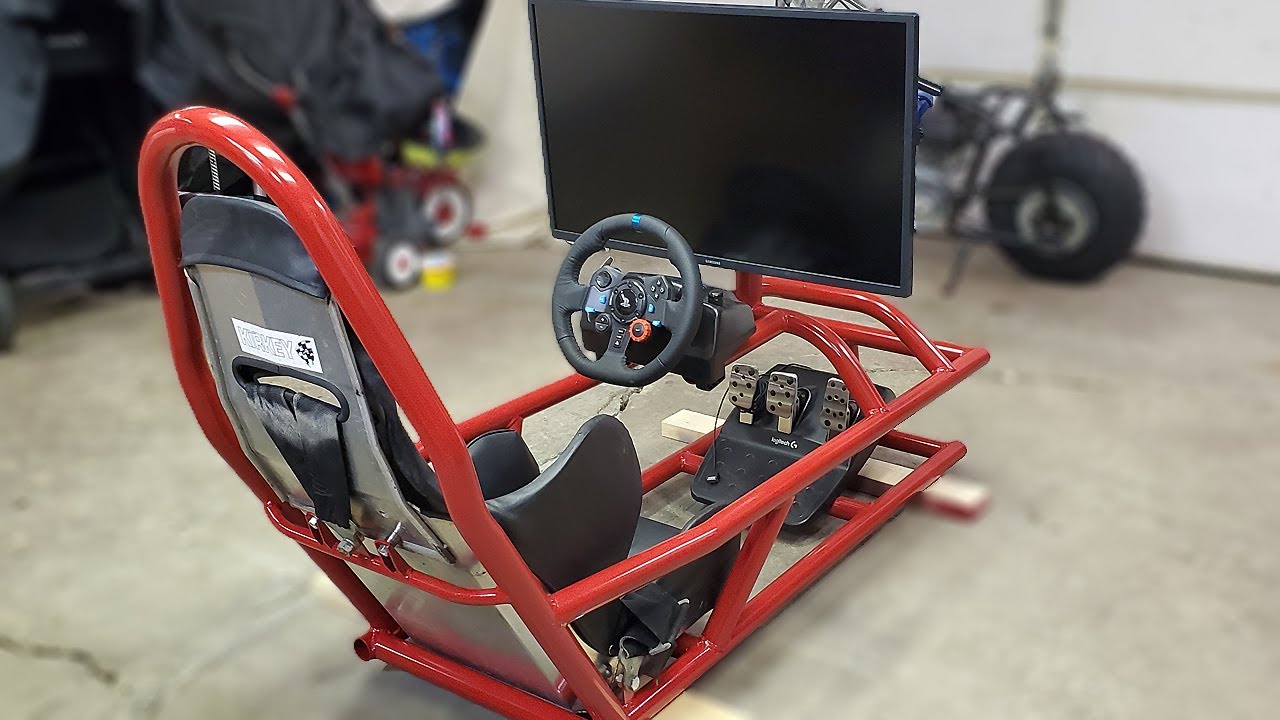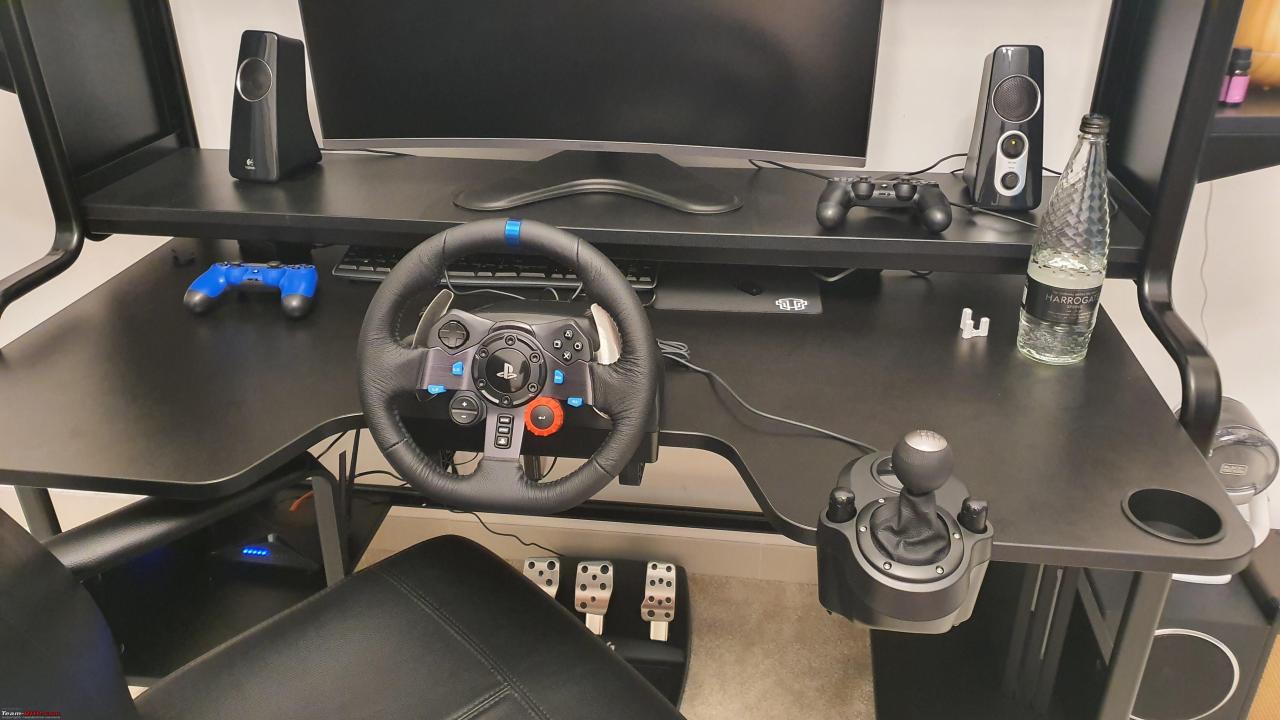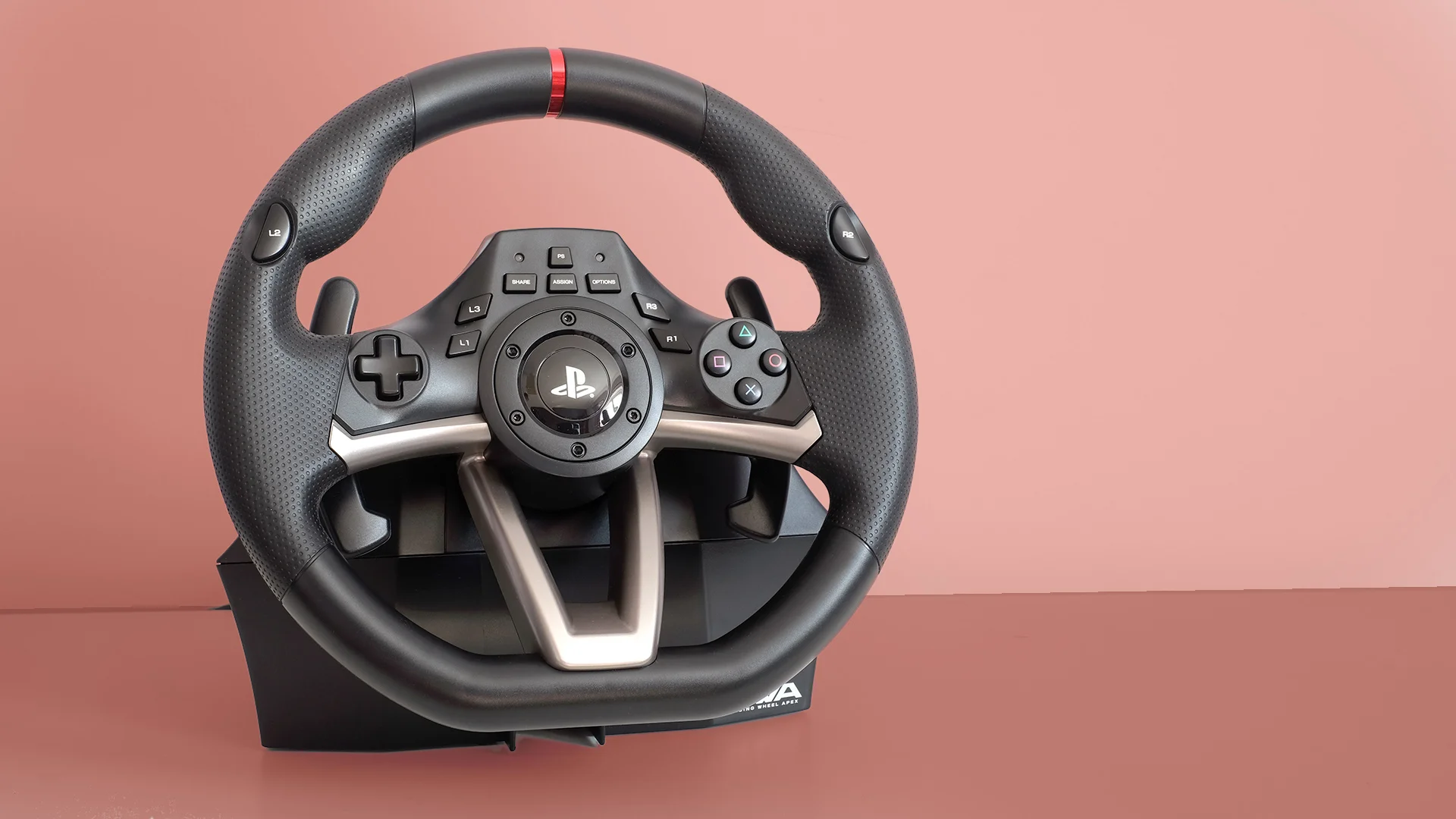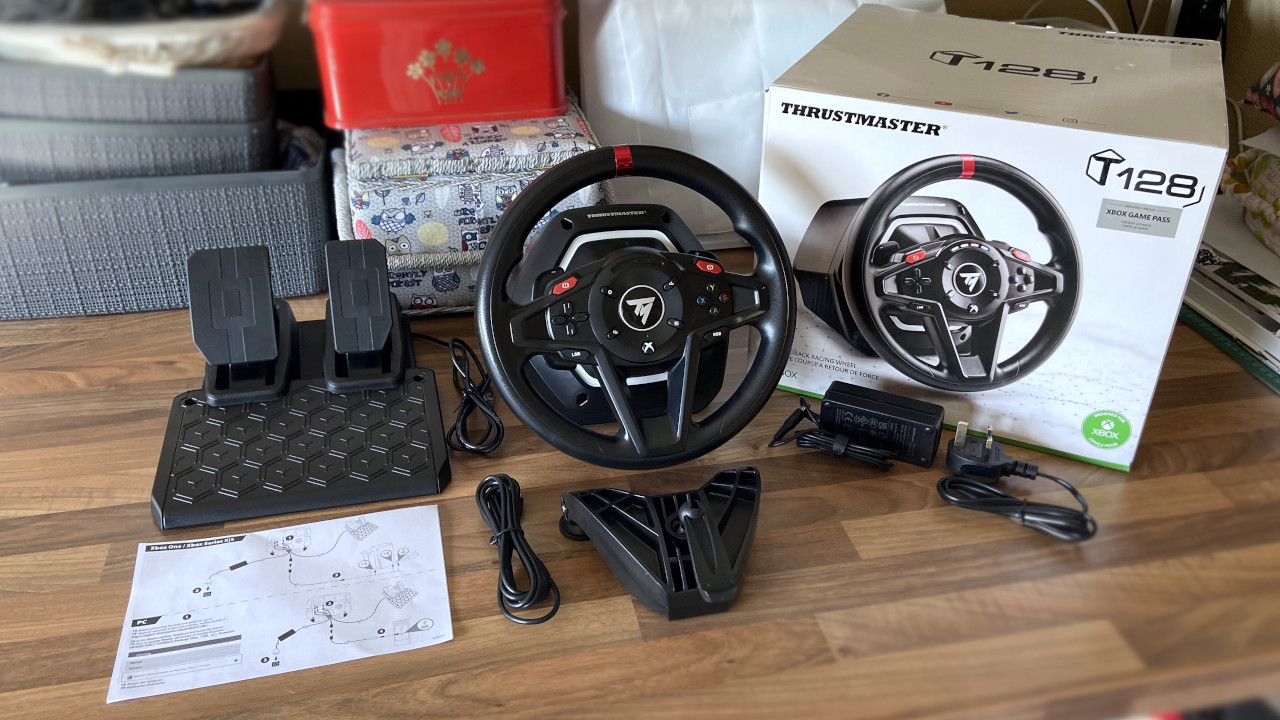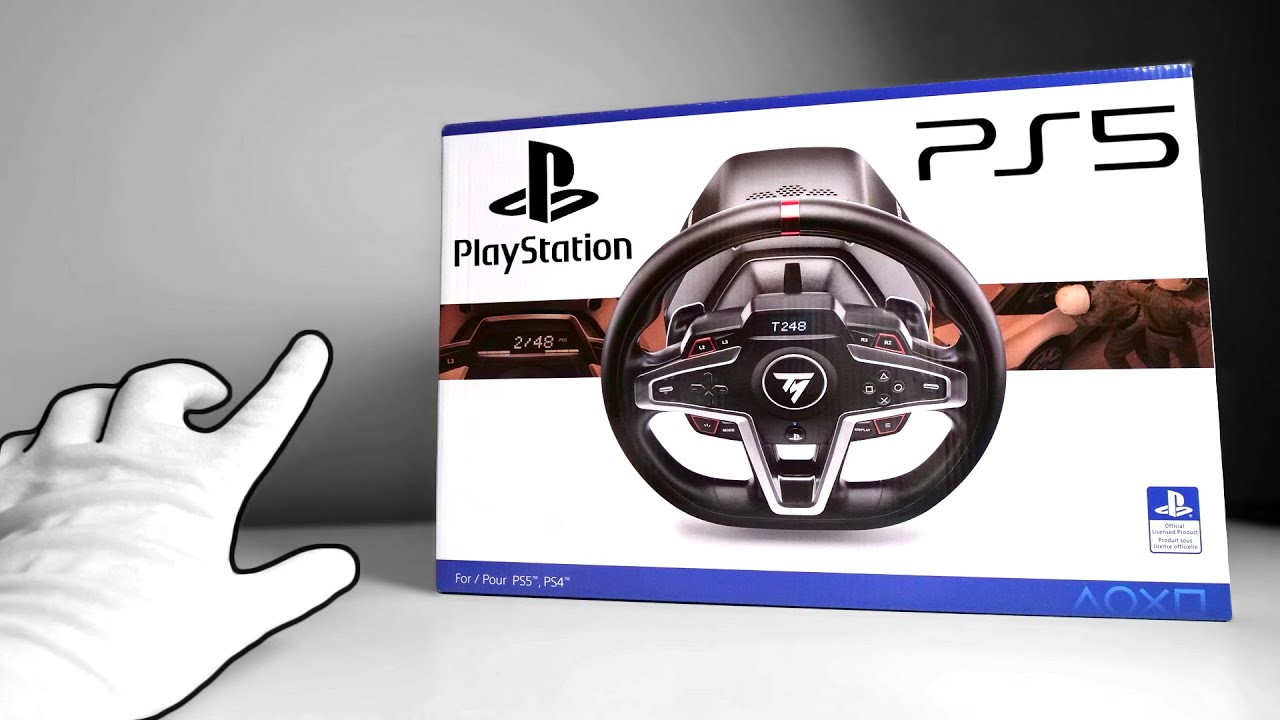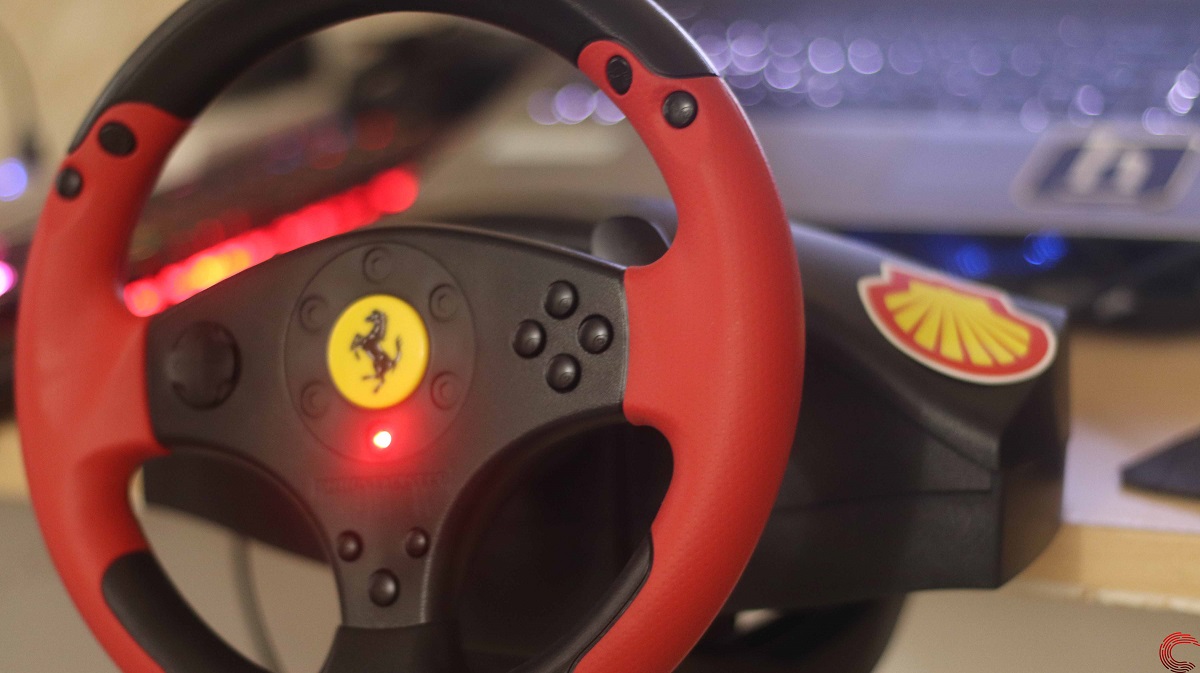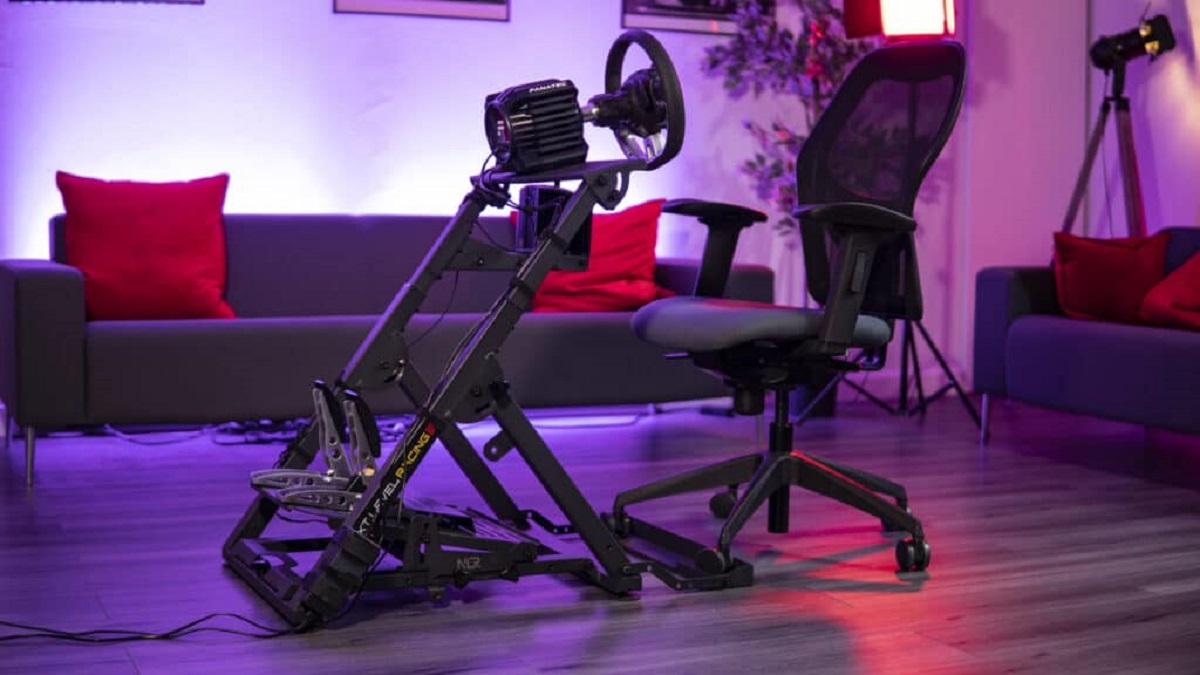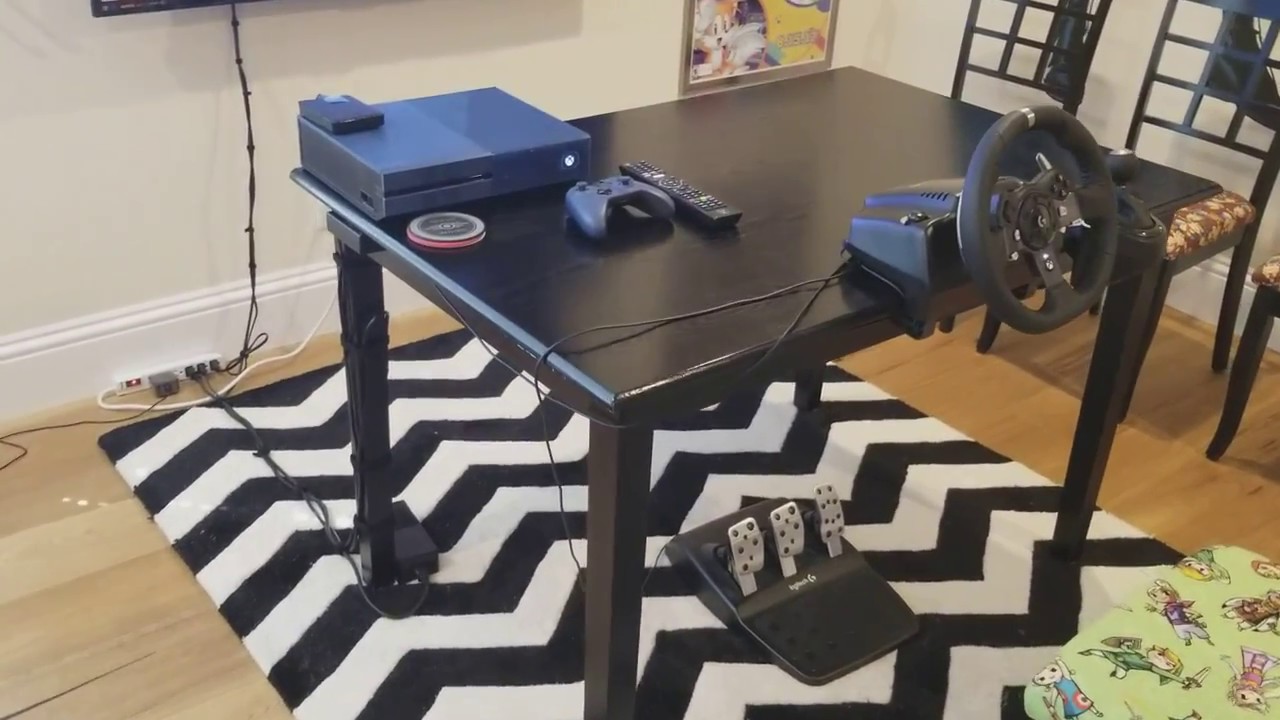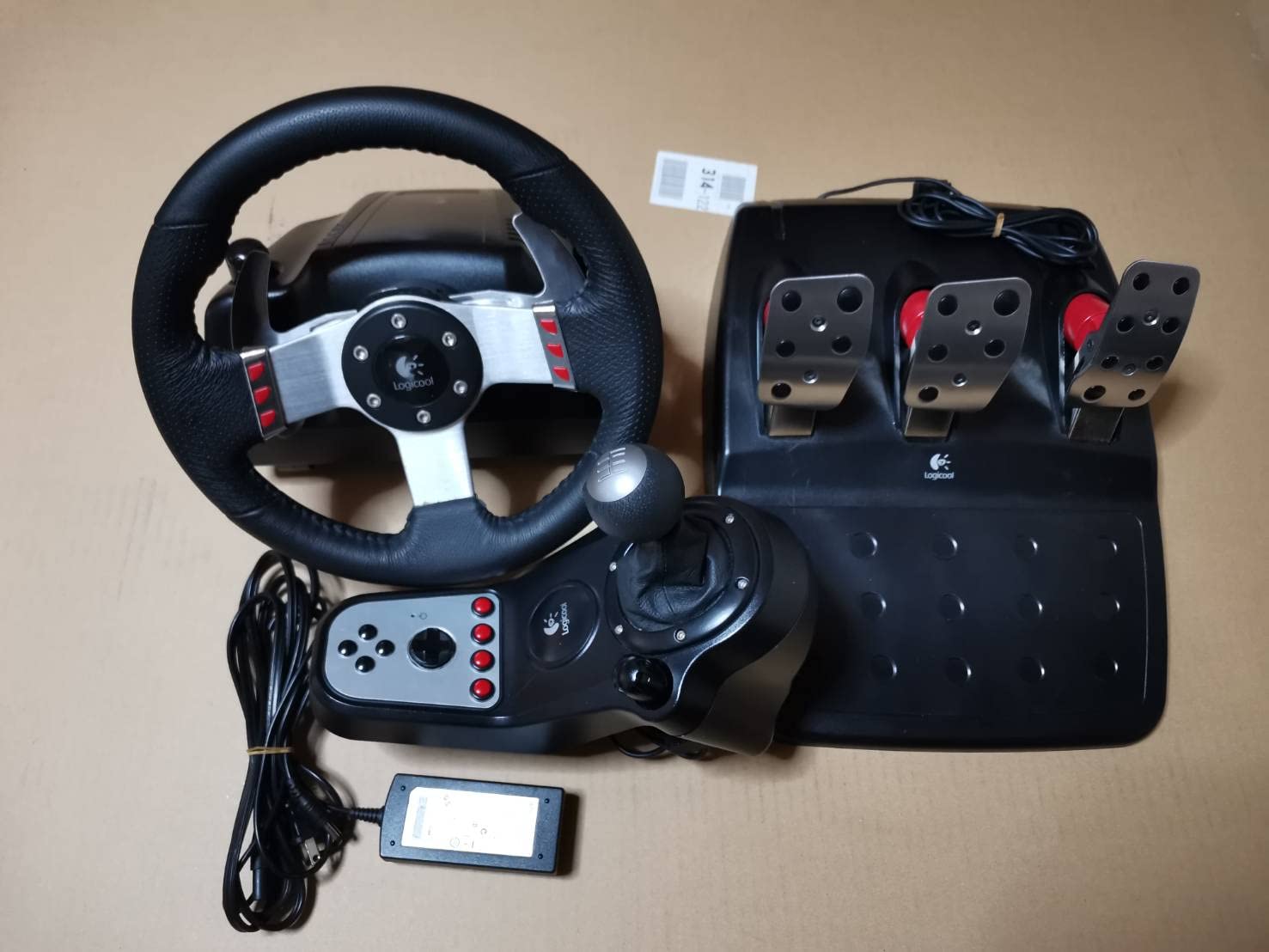Introduction
So, you've been bitten by the racing bug and want to take your virtual driving experience to the next level. Building your own racing wheel can be an exhilarating and rewarding project, offering a level of customization and performance that off-the-shelf options simply can't match. Whether you're a seasoned sim racing enthusiast or just getting started, creating your own racing wheel allows you to tailor every aspect to your preferences, from the wheel itself to the pedals and shifter.
In this guide, we'll walk you through the process of building your own racing wheel from scratch. From selecting the right components to assembling and configuring the setup, we'll cover everything you need to know to get behind the wheel of your custom creation. Get ready to dive into the world of DIY racing peripherals and unleash your inner engineer and racing enthusiast.
Building your own racing wheel isn't just about saving money or customizing your setup; it's about the satisfaction of creating something that perfectly suits your needs and preferences. With the right guidance and a bit of patience, you can craft a racing wheel that not only enhances your gaming experience but also provides a sense of accomplishment and pride.
So, let's rev up our engines and embark on this exciting journey to create a personalized racing wheel that will elevate your virtual driving adventures to new heights. Whether you're aiming for a budget-friendly build or a high-end, feature-packed setup, this guide will equip you with the knowledge and inspiration to bring your dream racing wheel to life. Get ready to feel the thrill of the track from the comfort of your own home as we delve into the world of DIY racing peripherals.
Choosing the Right Components
Before diving into the assembly process, it’s crucial to carefully select the components that will form the foundation of your custom racing wheel. Each element plays a pivotal role in shaping the overall performance and feel of the wheel, so it’s essential to make informed decisions based on your specific preferences and budget.
Wheel Base: The wheel base serves as the core of your racing wheel setup, housing the motor and providing the force feedback that simulates the sensation of driving. When choosing a wheel base, consider factors such as torque, smoothness of force feedback, and compatibility with your gaming platform. High-quality wheel bases from reputable manufacturers often offer superior precision and durability.
Steering Wheel: The steering wheel is the primary point of contact and can greatly influence your racing experience. Look for a wheel that suits your preferred racing genres, whether it’s formula-style, GT, or rally. Consider the diameter, material, button layout, and rotation angle to ensure a comfortable and immersive driving feel.
Pedals: A set of responsive and customizable pedals is essential for achieving precise control over acceleration, braking, and clutch functions. Look for pedals with adjustable pedal faces, load cell technology for accurate brake modulation, and a sturdy construction to withstand intense racing sessions.
Shifter: If you prefer manual gear shifting, a quality shifter adds another layer of realism to your setup. Choose between an H-pattern shifter for traditional manual shifting or a sequential shifter for a more focused racing experience. Look for solid construction and precise, tactile feedback for an authentic gear-changing experience.
Mounting and Rig: Sturdy and adjustable mounting solutions are essential for securing your racing wheel and providing a stable platform for intense racing maneuvers. Whether you opt for a dedicated racing rig or a DIY mounting solution, ensure that it offers stability, adjustability, and compatibility with your chosen components.
Compatibility: Ensure that all the components you select are compatible with your gaming platform, whether it’s PC, console, or both. Compatibility issues can lead to frustration and limitations in functionality, so thoroughly research the compatibility of each component with your preferred gaming titles and platforms.
By carefully evaluating and selecting the right components, you can lay a solid foundation for a custom racing wheel that meets your performance and ergonomic requirements. The next step is to bring these components together and assemble your personalized racing wheel, transforming a collection of parts into a high-performance driving interface tailored to your exact specifications.
Assembling the Racing Wheel
With the components in hand, it’s time to roll up your sleeves and bring your custom racing wheel to life through the assembly process. While the specific steps may vary based on the chosen components and their respective mounting mechanisms, the following general guidelines will help you navigate the assembly process with confidence.
Mounting the Wheel Base: Begin by securely mounting the wheel base to your chosen racing rig or mounting solution. Ensure that the base is firmly fixed in place, as it will bear the force and motion feedback during intense racing simulations.
Attaching the Steering Wheel: Carefully attach the steering wheel to the wheel base, following the manufacturer’s instructions for alignment and fastening. Pay attention to the wiring and connections, ensuring that they are routed neatly and won’t interfere with the wheel’s rotation.
Installing the Pedals: If your pedals are a separate unit, position them in a comfortable and ergonomic arrangement, allowing for easy access and precise control. Secure the pedals to the mounting platform and adjust their positions to suit your preferred driving posture.
Integrating the Shifter: If a shifter is part of your setup, position it within reach and secure it to the mounting rig. Ensure that the shifter’s orientation and throw feel natural and intuitive for seamless gear changes during intense races.
Wiring and Cable Management: Take the time to organize and secure the cables and wiring, minimizing clutter and preventing accidental tugs or snags during gameplay. Neat cable management not only enhances the aesthetics of your setup but also reduces the risk of connectivity issues and damage to the wiring.
Calibration and Testing: Once the components are assembled, connect the racing wheel to your gaming platform and perform the necessary calibration and configuration. Adjust the force feedback settings, button mappings, and pedal sensitivity to ensure optimal performance and responsiveness.
As you piece together the components and fine-tune the assembly, take the opportunity to personalize the setup to your preferences, ensuring that every element is positioned and adjusted to provide a comfortable and immersive driving experience. With the assembly complete, it’s time to integrate your custom racing wheel with your gaming setup and fine-tune the settings for a seamless and exhilarating racing experience.
Configuring the Racing Wheel with Your Gaming Setup
Once your custom racing wheel is assembled, the next crucial step is to configure it to seamlessly integrate with your gaming platform and optimize its performance for your favorite racing titles. Whether you’re a fan of realistic simulations or high-speed arcade racing, fine-tuning the settings and mapping the controls to match your driving style can significantly enhance your overall gaming experience.
Driver and Firmware Installation: Before diving into your gaming titles, ensure that you have the latest drivers and firmware for your racing wheel installed. Manufacturers often release updates to improve compatibility, performance, and additional features, so staying up to date is essential for optimal functionality.
Game-Specific Settings: Many racing titles offer in-depth customization options for steering wheels and peripherals. Take the time to explore the settings menu of each game, adjusting parameters such as force feedback strength, steering sensitivity, and button mappings to suit your preferences. Some games even allow you to save multiple control profiles, making it easy to switch between different setups for various racing genres.
Force Feedback Tuning: Experiment with the force feedback settings to find the right balance between realism and comfort. Adjust the strength, damping, and overall force feedback effects to match the characteristics of each racing title, enhancing immersion and providing valuable tactile cues during intense races.
Button Mapping and Macros: Customize the button mappings and assign macros to specific controls based on your preferred driving style. Whether it’s adjusting the brake bias on the fly or toggling in-game settings, personalized button mappings can streamline your racing experience and give you quick access to essential functions without taking your hands off the wheel.
Pedal Calibration: Calibrate the pedals to ensure accurate and responsive input. Many racing wheels offer software utilities for pedal calibration, allowing you to fine-tune the pedal sensitivity and dead zones to match your driving technique and optimize braking and acceleration control.
Compatibility Testing: Before diving into intense races, spend some time testing the racing wheel across a variety of gaming titles and scenarios. Verify that the force feedback, button mappings, and pedal input function as expected, and make any necessary adjustments to ensure a seamless and immersive experience across different racing genres.
By meticulously configuring your custom racing wheel to harmonize with your gaming setup and preferred racing titles, you can unlock its full potential and immerse yourself in thrilling virtual driving experiences. The ability to tailor every aspect of the racing wheel to your preferences ensures that each race feels uniquely personalized, allowing you to focus on the exhilaration of the track without distractions or limitations.
Testing and Adjusting the Racing Wheel
With your custom racing wheel configured and integrated into your gaming setup, it’s time to put it through its paces and fine-tune the settings to ensure a seamless and immersive driving experience. Testing and adjusting the racing wheel not only allows you to identify any potential issues but also provides an opportunity to optimize its performance for different racing scenarios and gaming titles.
Initial Calibration and Sensitivity Checks: Before launching into intense races, perform an initial calibration of the racing wheel to ensure that all inputs are registering accurately. Check the steering wheel’s centering, pedal responsiveness, and force feedback behavior to identify any potential issues that may require adjustment.
Track Familiarization and Feedback Assessment: Take your custom racing wheel for a spin on different tracks and environments, paying close attention to the force feedback effects and steering response. Assess how the wheel communicates surface textures, bumps, and tire grip, and make adjustments to the force feedback settings to achieve a balance between realism and comfort.
Long-Term Comfort and Ergonomics: Engage in extended gaming sessions to evaluate the long-term comfort and ergonomics of your racing wheel setup. Ensure that the wheel’s grip, button placements, and pedal positions remain comfortable and conducive to prolonged racing sessions, making adjustments as needed to alleviate any discomfort or strain.
Performance Optimization for Different Genres: Experiment with different racing titles and genres to fine-tune the settings and force feedback characteristics for each specific type of racing. Whether it’s mastering tight corners in a street circuit or tackling off-road challenges, tailoring the racing wheel’s performance to match the nuances of each genre can significantly enhance your immersion and competitive edge.
Community Feedback and Fine-Tuning: Leverage online communities, forums, and user groups dedicated to sim racing to gather insights and feedback from fellow enthusiasts. Share your experiences with your custom racing wheel and gather tips for further optimization, tapping into a wealth of collective knowledge to refine your setup.
Regular Maintenance and Upkeep: Establish a routine for maintaining and inspecting your racing wheel, ensuring that all components remain in optimal condition. Regularly clean and lubricate moving parts, inspect cables and connections, and perform any recommended maintenance procedures to prolong the lifespan and performance of your custom racing wheel.
By thoroughly testing and adjusting your custom racing wheel, you can fine-tune its performance, comfort, and responsiveness to match your preferences and gaming style. The iterative process of testing and refining your setup ensures that your racing wheel evolves alongside your skills and gaming experiences, providing a dynamic and personalized driving interface that elevates your virtual racing pursuits to new heights.







